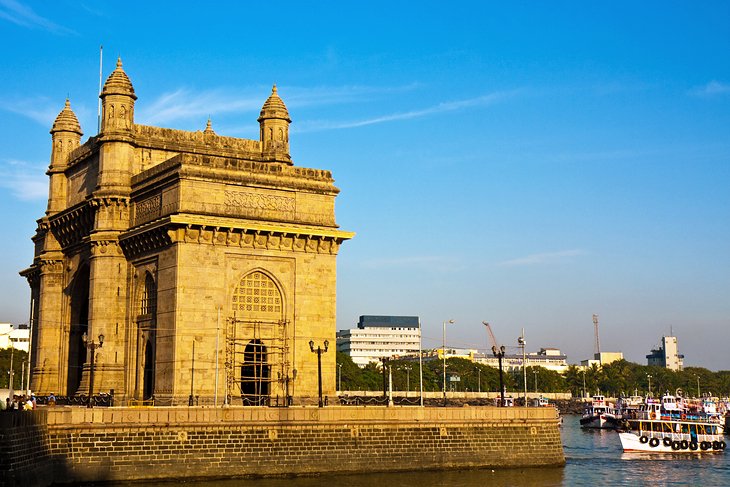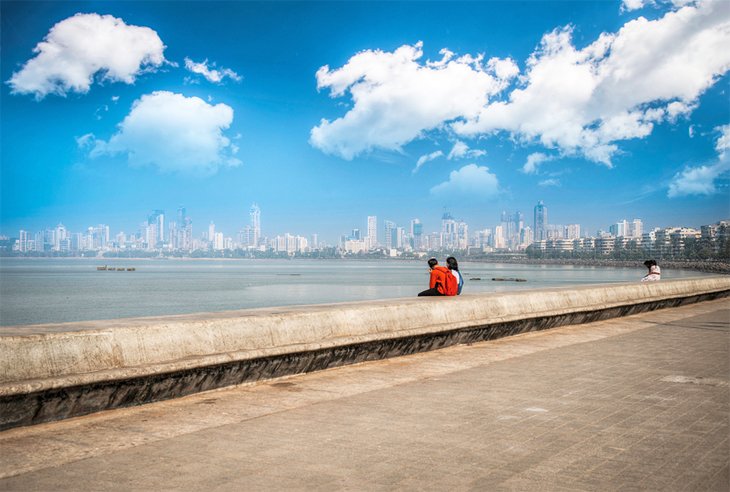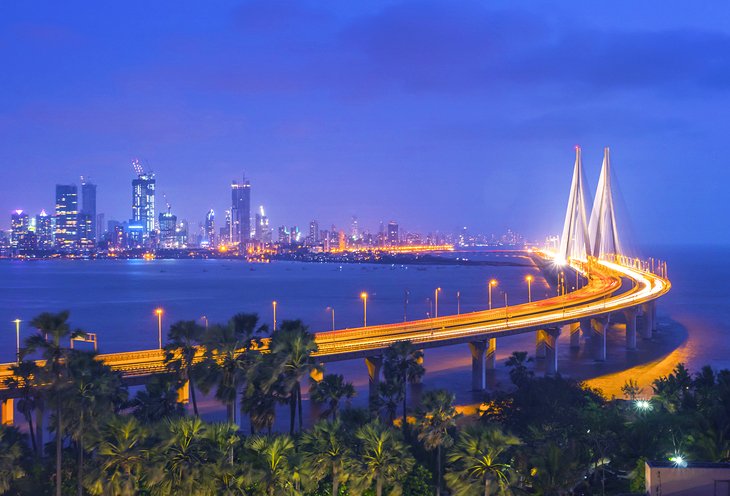MUMBAI
MUMBAI
Mumbai otherwise called Bombay is the capital city of the Indian province of Maharashtra. As per the United Nations, starting at 2018, Mumbai is the second-most crowded city in the country after Delhi and the seventh-most crowded city on the planet with a populace of about 20 million. according to Indian government populace registration of 2011, Mumbai was the most crowded city in India with an expected city appropriate populace of 12.5 million living under Municipal Corporation of Greater Mumbai. Mumbai is the focal point of the Mumbai Metropolitan Region, the 6th most crowded metropolitan region on the planet with a populace of more than 23 million. Mumbai lies on the Konkan coast on the west shore of India and has a profound characteristic harbor. In 2008, Mumbai was named an alpha world city. It has the most elevated number of moguls and very rich people among all urban areas in India Mumbai is home to three UNESCO World Heritage Sites: the Elephanta Caves, Chhatrapati Shivaji Maharaj Terminus, and the city's unmistakable troupe of Victorian and Art Deco buildings.
The seven islands that comprise Mumbai were initially home to networks of Marathi language speaking Koli people. For hundreds of years, the islands were heavily influenced by progressive native realms prior to being surrendered to the Portuguese Empire and therefore toward the East India Company when in 1661 Charles II of England wedded Catherine of Braganza and as a component of her share Charles got the ports of Tangier and Seven Islands of Bombay. During the mid-eighteenth century, Bombay was reshaped by the Hornby Vellard project, which attempted recovery of the space between the seven islands from the sea. Along with development of significant streets and rail routes, the recovery project, finished in 1845, changed Bombay into a significant seaport on the Arabian Sea. Bombay in the nineteenth century was described by monetary and instructive turn of events. During the mid twentieth century it turned into a solid base for the Indian freedom development. Upon India's freedom in 1947 the city was consolidated into Bombay State. In 1960, following the Samyukta Maharashtra Movement, another province of Maharashtra was made with Bombay as the capital.
The seven islands that comprise Mumbai were initially home to networks of Marathi language speaking Koli people. For hundreds of years, the islands were heavily influenced by progressive native realms prior to being surrendered to the Portuguese Empire and therefore toward the East India Company when in 1661 Charles II of England wedded Catherine of Braganza and as a component of her share Charles got the ports of Tangier and Seven Islands of Bombay. During the mid-eighteenth century, Bombay was reshaped by the Hornby Vellard project, which attempted recovery of the space between the seven islands from the sea. Along with development of significant streets and rail routes, the recovery project, finished in 1845, changed Bombay into a significant seaport on the Arabian Sea. Bombay in the nineteenth century was described by monetary and instructive turn of events. During the mid twentieth century it turned into a solid base for the Indian freedom development. Upon India's freedom in 1947 the city was consolidated into Bombay State. In 1960, following the Samyukta Maharashtra Movement, another province of Maharashtra was made with Bombay as the capital.
Mumbai is the monetary, commercial, and the amusement capital of India. It is additionally one of the world's best ten communities of business as far as worldwide monetary flow, creating 6.16% of India's GDP, and representing 25% of mechanical yield, 70% of sea exchange India (Mumbai Port Trust and JNPT), and 70% of capital exchanges to India's economy. Mumbai has the eighth-most noteworthy number of extremely rich people of any city in the world, and Mumbai's tycoons had the most elevated normal abundance of any city on the planet in 2008. The city houses significant monetary foundations and the corporate base camp of various Indian organizations and global enterprises. It is likewise home to a portion of India's head logical and atomic foundations. The city is additionally home to Bollywood and Marathi film businesses. Mumbai's business openings draw in transients from everywhere India.
TOP 3 VISITING PLACE
Visit the Gateway of India

Standing proud on the banks of the Arabian Sea at the Apollo Bunder waterfront area, the Gateway of India is one of Mumbai's most popular and treasured landmarks. The 26-meter basalt archway, which combines the architectural styles of Roman triumphal arches with traditional Hindu and Muslim designs, was built as a gesture of welcoming for King George V and Queen Mary when they visited British India in 1911. Ironically, it was under this very archway that the last British troops exited India in 1948, after the country declared its independence from Great Britain.
Watch the Sunset on Marine Drive

No trip to Mumbai would be complete without a cruise down Marine Drive. The 3.6-kilometer-long, C-shaped boulevard offers epic views of the coast. However, just as amazing are the sightseeing opportunities on the other side of Marine Drive. The street is lined with stunning Art Deco buildings that have earned status as a UNESCO World Heritage site.
After your mini road trip, head out on foot for some more sightseeing along the Marine Drive promenade. The best time to go is at sunset. That's when tourists and Mumbaikars gather on the sands of Girgaum Chowpatty to see the cotton candy skies fade to dark while noshing on Mumbai's famous street food from nearby stalls.
After your mini road trip, head out on foot for some more sightseeing along the Marine Drive promenade. The best time to go is at sunset. That's when tourists and Mumbaikars gather on the sands of Girgaum Chowpatty to see the cotton candy skies fade to dark while noshing on Mumbai's famous street food from nearby stalls.
Drive across the Bandra-Worli Sea Link

One of Mumbai's most iconic sites is a cable-stayed bridge known as the Bandra-Worli Sea Link. Opened in 2009, the eight-lane bridge connects the central business district with the western suburbs over the open sea, offering some much-needed relief from the congestion on the Mahim Causeway. It has become the Mumbai equivalent of New York's Brooklyn Bridge or Sydney's Opera House.
TOP 3 FOOD
VADA PAV
The most common and one of Mumbai’s signature foods, vada pav is a combination of vada sandwiched in between two buns known as pav. Add to it some green chutney, and you have yourself an authentic Mumbaikar’s del
Batata Vada









WOW
ReplyDeleteAmazing 😍
DeleteAmazing work😊😊
ReplyDelete😀😀
ReplyDeleteNice job, really appreciate your job and keep it up 👍👍
ReplyDeleteThis comment has been removed by the author.
ReplyDelete🔥🔥
ReplyDelete